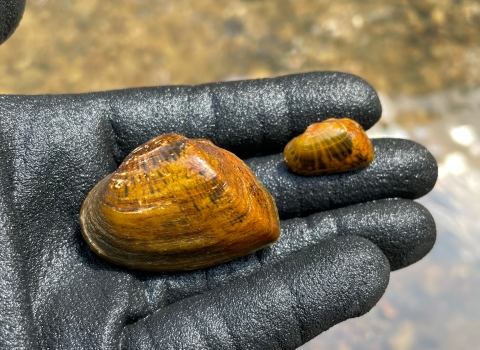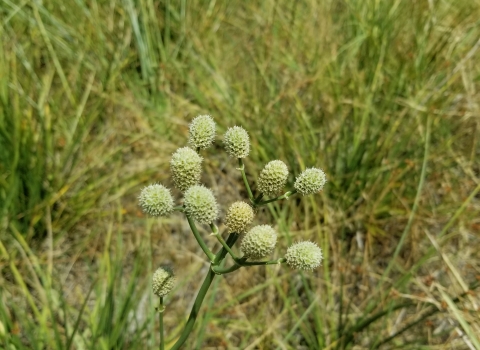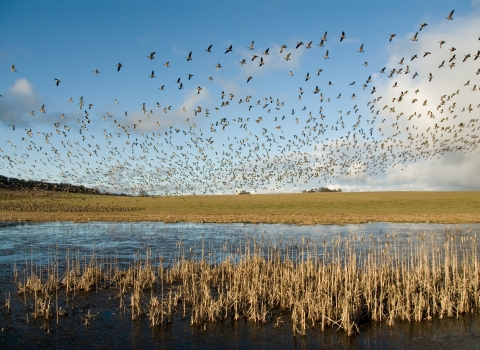Contact: Denise Rowell, denise_rowell@fws.gov, 251-656-3490
The final recovery plan for the Altamaha spinymussel (Elliptio spinosa), a mussel found in the Ocmulgee, Altamaha and Ohoopee Rivers in Georgia, is now available. The U.S. Fish and Wildlife Service’s (Service) goal is to help this species flourish once again and remove it from the Federal List of Endangered and Threatened Wildlife.
This plan includes specific criteria for determining when the mussel should be considered for delisting. It also lists site-specific actions that will be necessary to meet those criteria and estimates the time and costs required for implementing actions necessary to achieve recovery. The recovery plan for the mussel is now available at the following website:
The Service’s vision for recovery of the Altamaha spinymussel includes multiple healthy populations with robust structure structure
Something temporarily or permanently constructed, built, or placed; and constructed of natural or manufactured parts including, but not limited to, a building, shed, cabin, porch, bridge, walkway, stair steps, sign, landing, platform, dock, rack, fence, telecommunication device, antennae, fish cleaning table, satellite dish/mount, or well head.
Learn more about structure and strong distribution across its historical range. Recovery will depend on thorough research regarding the species ecology, health, and life history. We will also study innovative approaches to propagate and reintroduce the species and explore ways to improve water quality. Full recovery means the species is no longer in danger of extinction.
“Filling these knowledge gaps is essential for driving science-based decisions that will ultimately help recover this unique mussel,” said U.S. Fish and Wildlife Service Biologist Martha Zapata. “We look forward to working with our many partners to find existing populations, research habitat and water quality, and carefully plan, implement, and monitor reintroductions.”
To promote and support the conservation and survival of endangered species and threatened species, and provide a transparent path to achieving recovery, the Service and our partners develop and implement recovery plans. Recovery plans are unique to each species and serve as central organizing tools. These plans provide important guidance on methods of minimizing threats to listed species, such as restoring and acquiring habitat, removing introduced predators or invasive species invasive species
An invasive species is any plant or animal that has spread or been introduced into a new area where they are, or could, cause harm to the environment, economy, or human, animal, or plant health. Their unwelcome presence can destroy ecosystems and cost millions of dollars.
Learn more about invasive species , conducting surveys, monitoring individual populations, and breeding species in captivity and releasing them into their historical range. Recovery plans are guidance and not regulatory documents, and no agency or entity is required by the Endangered Species Act to implement actions in a recovery plan.
For more information on the Altamaha spinymussel, visit the Service’s Species Profile below or contact Peter Maholland at peter_maholland@fws.gov.
Altamaha Spinymussel Species Profile
The mission of the U.S. Fish and Wildlife Service is working with others to conserve, protect, and enhance fish, wildlife, plants, and their habitats for the continuing benefit of the American people. For more information on our work and the people who make it happen, visit www.fws.gov/southeast. Connect with us on Facebook at www.facebook.com/usfwssoutheast, follow our tweets at www.twitter.com/usfwssoutheast, watch our YouTube Channel at http://www.youtube.com/usfws, and download photos from our Flickr page at http://www.flickr.com/photos/usfwssoutheast.
-FWS-



